
Soldiers test Army's newest transport telemedicine technology
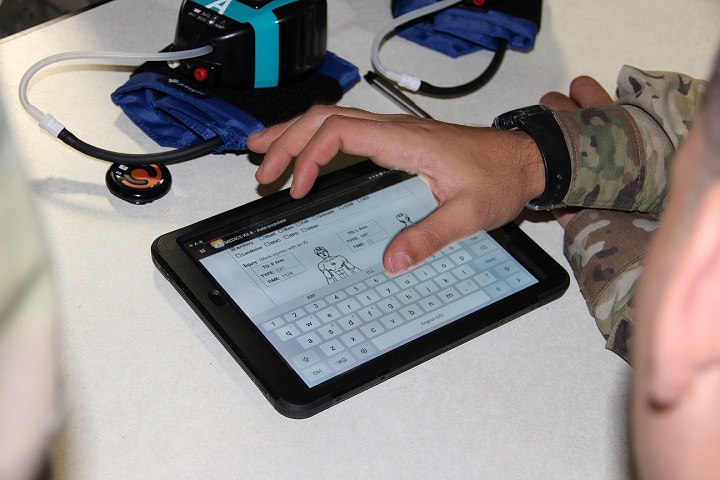
Soldiers test MEDHUB during an exercise at Camp Atterbury, Indianapolis. (U.S. Army photo by Greg Pugh)
FORT BRAGG, N.C. — Army Medicine is developing a technology to improve patient triage and communication during medical evacuations – and looking for units willing to test the system.
The 44th Medical Brigade and Womack Army Medical Center at Fort Bragg, North Carolina, have already signed up to user test Medical Hands-free Unified Broadcast, or MEDHUB. MEDHUB leverages wearable sensors, accelerometers and other technology cleared by the U.S. Food and Drug Administration to improve the communication flow between patients, medics and receiving field hospitals.
"Civilian emergency departments and [emergency medical] crews are using similar technology via phone apps to alert of incoming patients," said Army Maj. Rosie Bennett, chief nurse at the Department of Emergency Medicine at WAMC. "We have such tight security with our networks that makes such apps not reasonable to use."
MEDHUB's suite of technology autonomously collects, stores and transmits non-personally identifiable patient information from a device, such as a hand-held tablet, to the receiving field hospital via existing long-range Department of Defense communication systems. At the receiving hospital, the information sent from MEDHUB is displayed on a large screen so clinicians can see what is inbound, including the number of patients and their vital statistics.
"MEDHUB is really about life-saving situational awareness," said Transport Telemedicine Product Manager Jay Wang. "The system is designed to give receiving medical teams more information so they can better prepare for incoming patients by gathering the necessary staff and supplies."
MEDHUB is being developed through a project with the U.S. Army Medical Materiel Agency and the U.S. Army Medical Materiel Development Activity, both subordinate organizations of the U.S. Army Medical Research and Materiel Command. According to Wang, the MEDHUB project began as a way to address issues reported from military medics who needed a better way to communicate. In an operational environment, medics are often caring for multiple patients and have limited bandwidth to radio ahead to hospitals and provide them with information about patients en route.
"Imagine you are a medic on the battlefield and you just pick up six of your wounded battle buddies for a casualty evacuation. You are busy trying to save their lives and get them to the next level of care, which is a nearby field hospital that has no idea how many patients you are bringing or their conditions," said Wang. "The goal is to keep the medic focused for performing life-saving tasks for multiple patients and remain unencumbered from documentation and reporting."
Retired Army flight paramedic Jeff Jones said he doesn't have to imagine that kind of scenario; he has lived it.
"I just think about every time I was in the back of a helicopter and I could not call and didn't have time to call the hospital," said Jones. "I was just too busy taking care of humans."
Jones retired from active duty in 2017 and now teaches at the School of Army Aviation Medicine in Huntsville, Alabama. To keep his medic skills sharp, he also volunteers in his community as an emergency medical care provider.
"I could see MEDHUB having civilian application," Jones said. "Even though flight paramedics and civilian EMS don't necessarily face the same issues, they both struggle with getting communication to the receiving facility and patient care documentation. MEDHUB could help solve some of those problems."
Wang and his team have been traveling the globe to demonstrate MEDHUB to military leadership, potential end-users and private industry. Most recently the team demonstrated MEDHUB at the Biotechnology Industry Organization Conference June 5-7, in Boston, Massachusetts. BIO is the largest biotech conference in the U.S., attracting approximately 17,000 participants this year.
"When we first started telling people about the MEDHUB system a year or so ago, some people didn't think it was real or even possible in an operational environment," said Wang. "When we go out now and show people that MEDHUB works, we generate greater synergy around advancing transport telemedicine and the importance of efficient, effective communication during medical evacuation."
Wang said the team will continue testing the system with users and are on track for wider Department of Defense use by late 2019.
Disclaimer: Re-published content may have been edited for length and clarity. Read original post.
Air Force, NASA seek potential medical collaboration
Article
7/19/2018
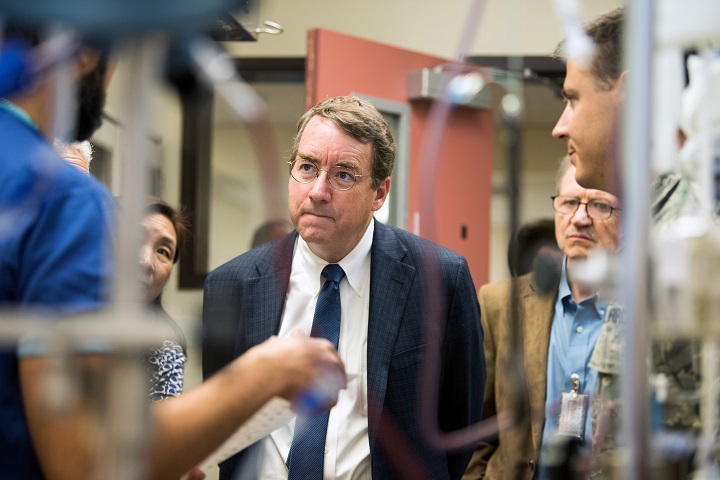
NASA and the military share a lot of similar medical issues
DHITS 2018
Video
7/18/2018

This video describes the important topics covered during the Defense Health Information Technology Symposium each year
Navy Care app enables medical appointments from work, home
Article
7/13/2018
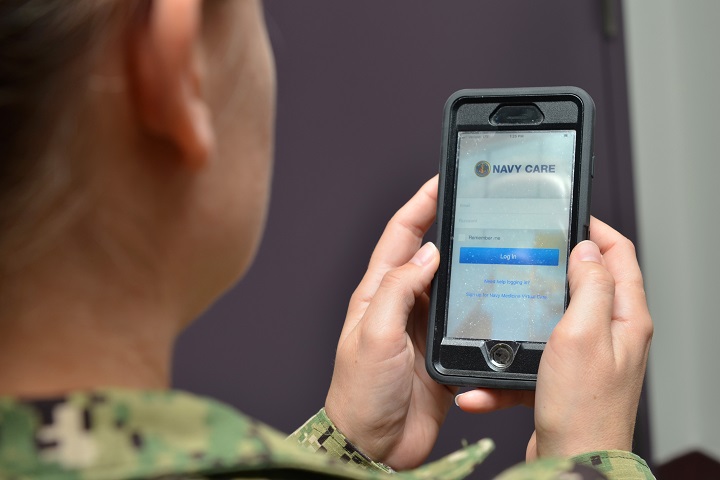
The app delivers convenient care with the quality of a face-to-face visit
MHS Genesis
Photo
7/3/2018
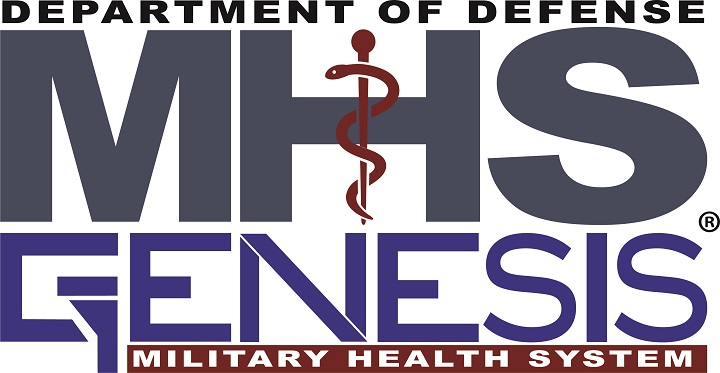
Official Image of MHS Genesis
MHS GENESIS focal point for Defense Health Agency Director visit at Naval Hospital Bremerton
Article
7/3/2018
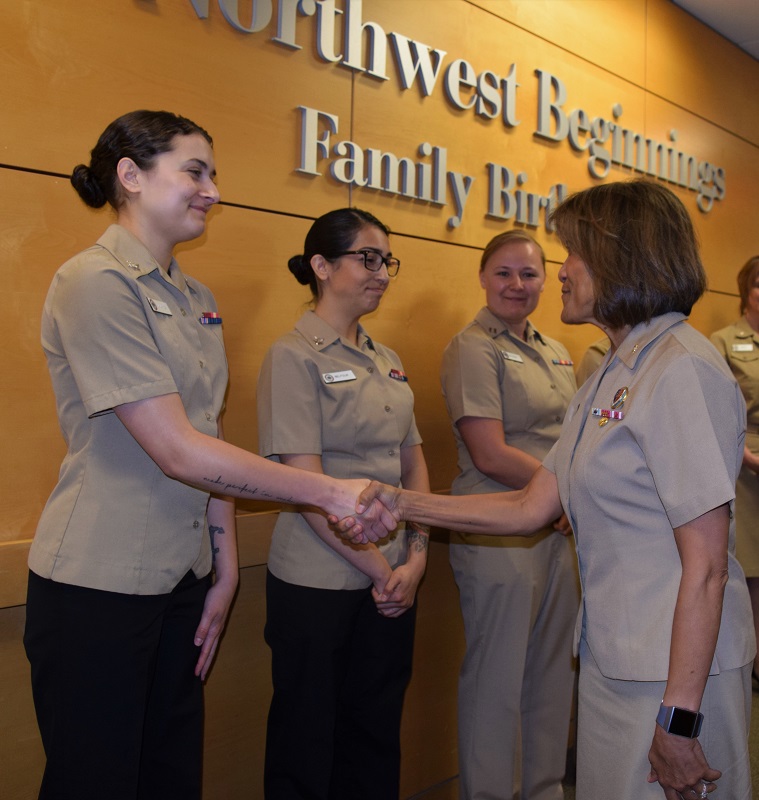
The trip included candid conversations regarding implementation, best practices, lessons learned, issues and improvements.
Navy clinic first MHS GENESIS site to complete accreditation
Article
7/3/2018

Navy clinic first MHS GENESIS site to complete accreditation
Project Sea Raven delivers cutting-edge pathogen detection technology
Article
5/31/2018

Project Sea Raven is now an integral part of USNS Mercy’s microbiology capacity
Air Force lab puts medical devices through their paces
Article
4/10/2018

Lab’s mission is unique within the Air Force, and across the U.S. military
Essentris®
Fact Sheet
3/27/2018
The military’s inpatient electronic health record is used in acute hospital environments, providing point-of-care data capture at the patient’s bedside for physiological devices, fetal/uterine devices, ventilators and other patient care machines.
From an award ceremony to panel talks, senior leaders will have presence at HIMSS
Article
3/8/2018
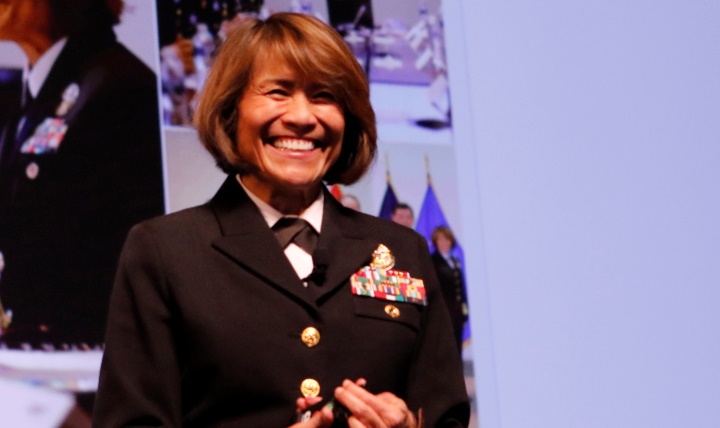
Federal health, IT experts come together for discussion on hot topics
Solution Delivery Division
Fact Sheet
3/7/2018
To deliver information technology solutions to the Military Health System through expert acquisition program management, process reengineering, information translation and sharing, training, and integration activities in order to support and advance the delivery of health care to our patients.
Advancements in telehealth improve access to healthcare
Article
2/23/2018
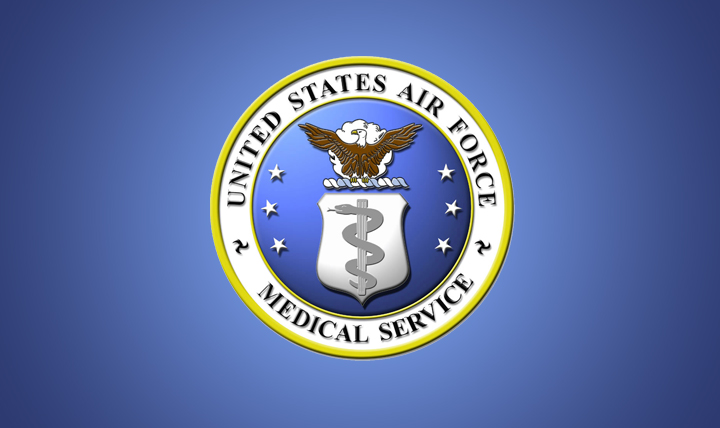
Telehealth brings a range of services all working together to improve access
Health care of the future: Virtual doctor-patient visits a reality at NCR
Article
2/20/2018
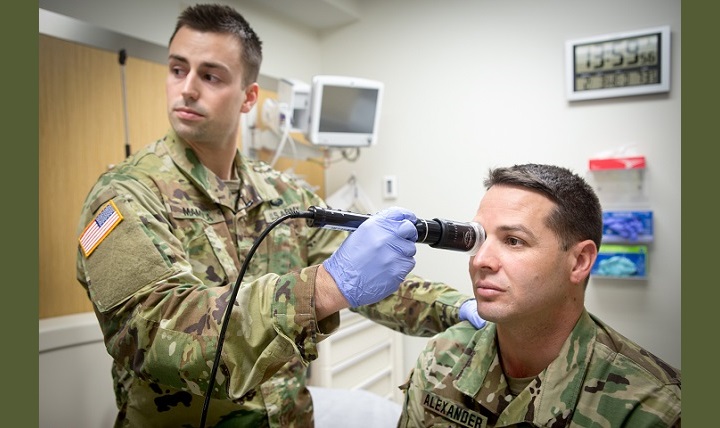
Experts from MHS, NCR come together at Virtual Health Summit
Air Force robotic surgery training program aims at improving patient outcomes
Article
2/9/2018
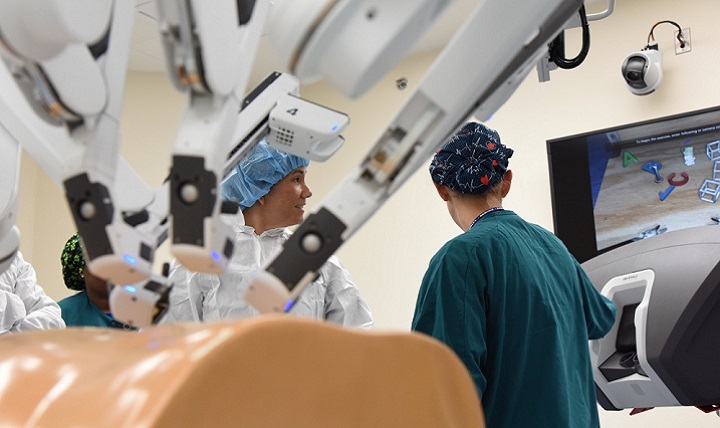
Robotic surgery is becoming the standard of care for many specialties and procedures
Robot dog improves SOF medical practices
Article
1/10/2018
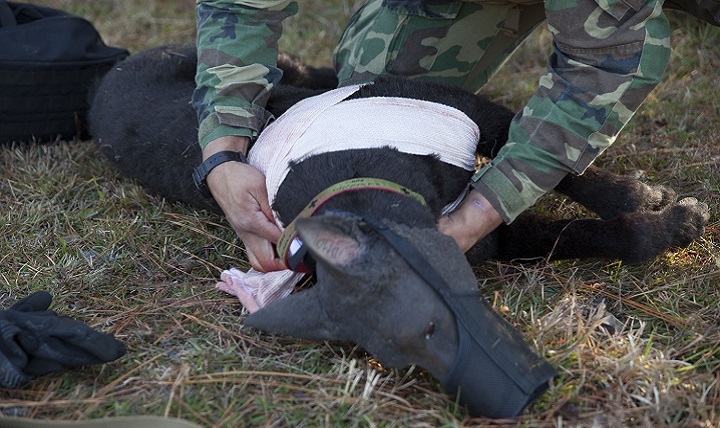
The development of the new “robot dog” came from SOCOM’s desire to improve the current medical training capabilities





















.png)









No hay comentarios:
Publicar un comentario